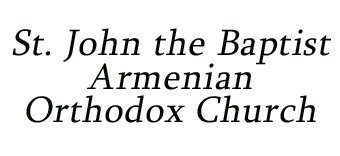BIRTH OF RETEOS BERBERIAN
Reteos Berberian was the most influential and best regarded Armenian educator in Constantinople for three decades.
He was born in the neighborhood of Haskeuy, in Constantinople, on October 10, 1851. He graduated from the local Nersesian school in 1866. He had innate qualities to be an educator, and he cherished the ambition of founding a school from his youngest years. At the age of sixteen he started tutoring people of his age.
